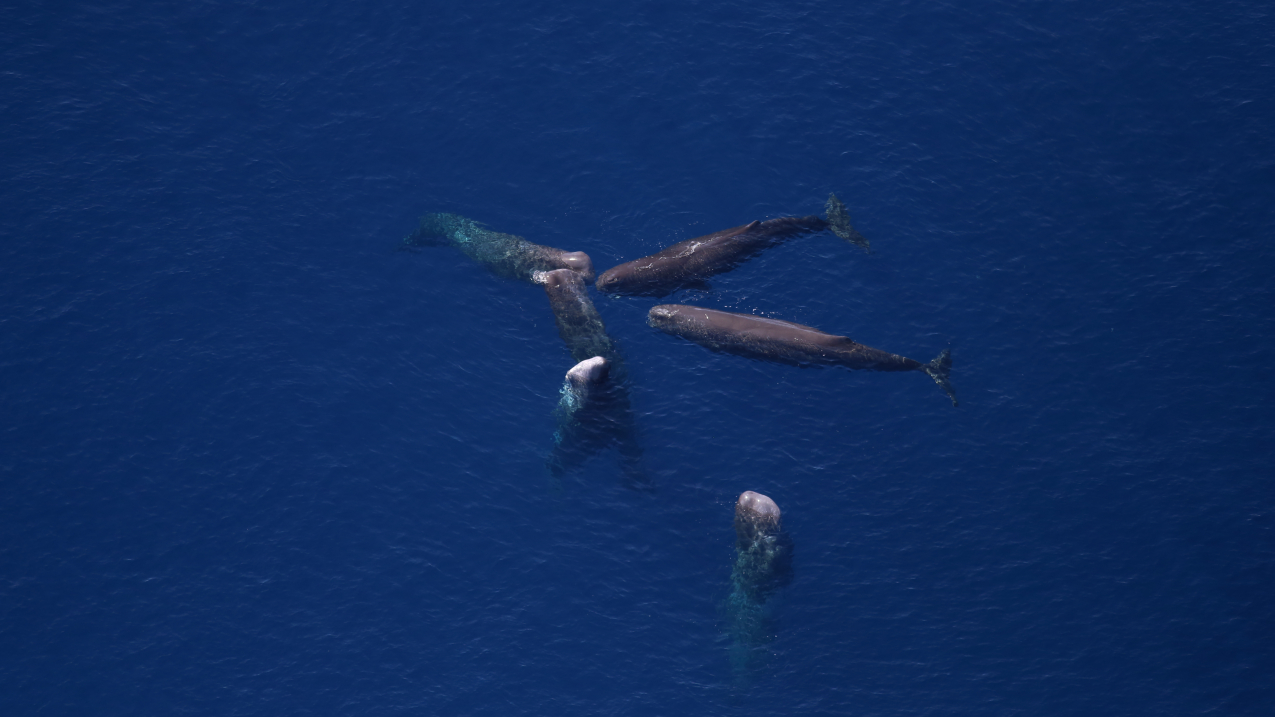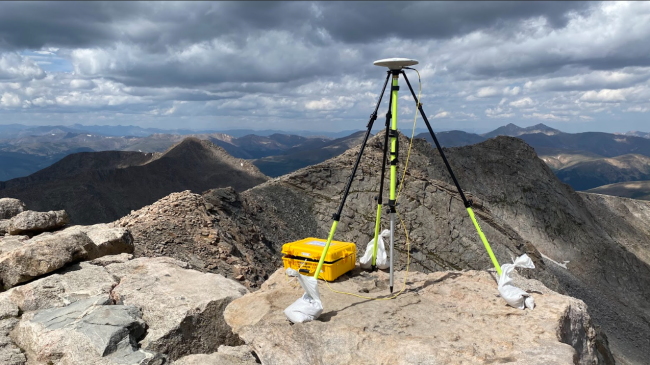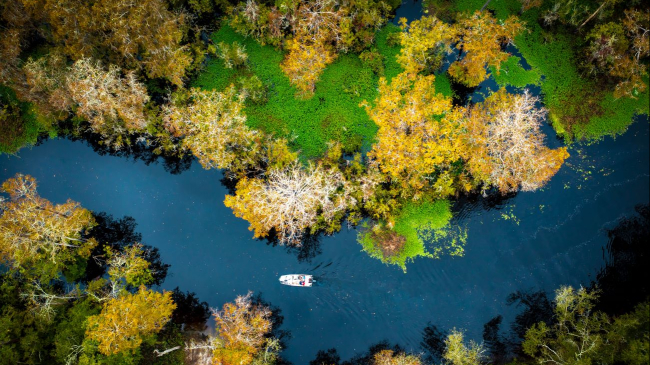
Aerial photo of sperm whales, which are found in the Gulf of Mexico (Image credit: NOAA Fisheries)
NOAA and its partners will report on their recent research cruise to measure the extent of the hypoxic or “dead zone” in the Gulf of Mexico during a media teleconference on Tue., Aug. 4 at 11:00 a.m. EDT.
In June, NOAA scientists forecasted this summer’s dead zone – an area of low to no oxygen that can kill fish and other marine life – to be approximately 6,700 square miles. That is larger than the long-term average measured size of 5,387 square miles, but substantially less than the record of 8,776 square miles set in 2017.
Speakers will discuss factors affecting the measured size of the zone this year and potential effects to living resources, the accuracy of the spring hypoxia forecast, and ongoing federal and state efforts in the Mississippi River watershed to reduce nutrient inputs entering into the Gulf.
WHAT
Media teleconference on the measured size of the Gulf of Mexico dead zone and efforts to predict and mitigate its effects, followed by a media Q&A session.
WHEN
Tue., Aug. 4, 11:00 a.m. EDT
WHO
-
Nancy Rabalais, Ph.D., research professor, Louisiana State University/Louisiana Universities Marine Consortium; chief scientist on survey cruise
-
David Kidwell, director, competitive research program, NOAA’s National Centers for Coastal Ocean Science
-
Mike Naig, secretary of agriculture, state of Iowa
-
David Ross, assistant administrator, Office of Water, Environmental Protection Agency
Secretary Naig and Assistant Admistrator Ross are co-chairs of the Mississippi River/Gulf of Mexico Watershed Nutrient Task Force.
HOW:
By phone:
800-369-1750 U.S./Canada (toll-free)
1-210-234-0108 International (toll)
Passcode: DEAD ZONE
Media contact:
Jerry Slaff. 202-236-6662



